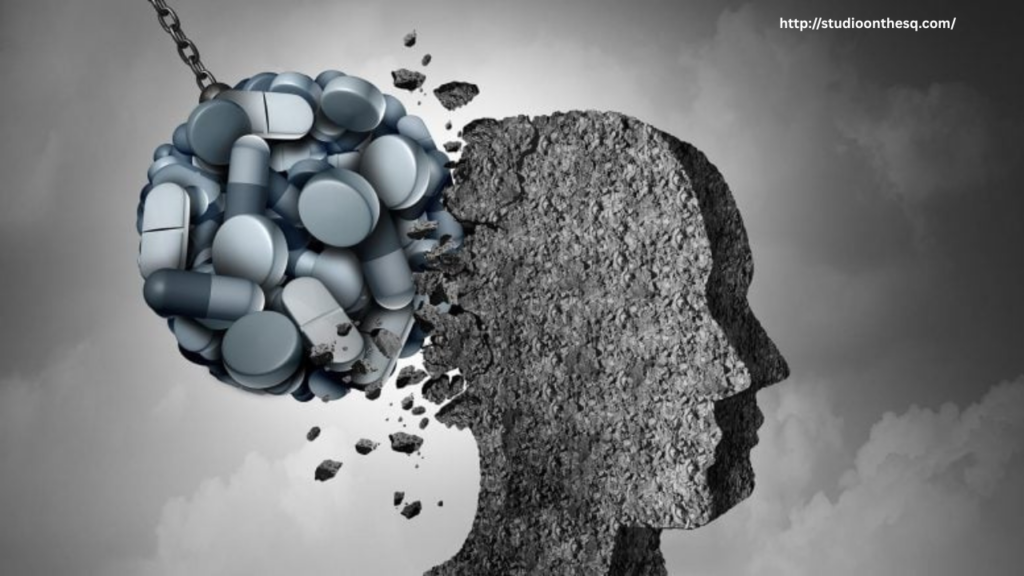Understanding the Neuroscience of Addiction: How the Brain Becomes Hooked

Addiction is a complex and multifaceted condition that affects millions of people worldwide. The brain’s involvement in addiction is central to understanding how this disease develops and why it can be so challenging to overcome. Neuroscientific research has made significant strides in uncovering the mechanisms that contribute to addiction, shedding light on how substances or behaviors can hijack the brain’s reward system.
At the core of addiction lies the brain’s reward circuit, primarily centered around a neurotransmitter called dopamine. Dopamine plays a crucial role in feelings of pleasure and reinforcement. When we engage in activities essential for survival, such as eating or socializing, dopamine is released, creating a sense of satisfaction and reward. This motivates us to repeat those behaviors. However, drugs, alcohol, and even certain behaviors (like gambling or gaming) can artificially trigger this same reward system, releasing massive amounts of dopamine.
In the case of substances like cocaine, opioids, or alcohol, the brain experiences a surge of dopamine far beyond what is typically released through natural activities. For instance, cocaine prevents the reuptake of dopamine, causing it to flood the brain’s reward pathways, creating an intense euphoric high. This overwhelming release of dopamine not only feels pleasurable but also reinforces the behavior, creating a strong desire to repeat it.
Over time, repeated exposure to these substances can lead to changes in the brain’s structure and function. One of the most significant alterations is the desensitization of dopamine receptors. With constant overstimulation, the brain becomes less responsive to dopamine. This means that normal, everyday activities no longer produce the same level of satisfaction, leading individuals to seek out more of the addictive substance to experience the same euphoric feeling. This is one of the reasons addiction often escalates—tolerance develops, and the brain requires higher doses to achieve the desired effect.
In addition to the changes in the reward system, addiction also impacts the brain’s prefrontal cortex, the region responsible for decision-making, impulse control, and reasoning. The prefrontal cortex helps us make rational choices and think through long-term consequences. However, in individuals with addiction, this part of the brain becomes less effective. As a result, the brain’s ability to resist urges and make sound decisions is impaired. This is why people struggling with addiction may continue to engage in harmful behaviors despite knowing the consequences, such as health risks, financial problems, and damage to relationships.
Furthermore, addiction alters the brain’s stress system, specifically the hypothalamic-pituitary-adrenal (HPA) axis. Chronic substance use can dysregulate this system, making the brain more sensitive to stress. This heightened sensitivity can create a vicious cycle where the individual turns to the substance to cope with the overwhelming feelings of stress, anxiety, or depression, further entrenching the addiction.
Neuroscientific research has also revealed that the brain’s memory and learning systems play a role in addiction. The hippocampus, which is involved in forming memories, and the amygdala, responsible for emotional responses, can become conditioned to associate certain people, places, or activities with the substance or behavior. This means that even after a person has stopped using a substance, triggers in their environment can activate these brain regions, leading to cravings and a higher risk of relapse.
Understanding the neuroscience of addiction highlights why it is not simply a matter of willpower. Addiction rewires the brain in ways that make it incredibly difficult to break free without proper treatment. However, the brain’s plasticity offers hope: with the right interventions, including therapy, medication, and support, individuals can begin to heal and regain control over their lives.